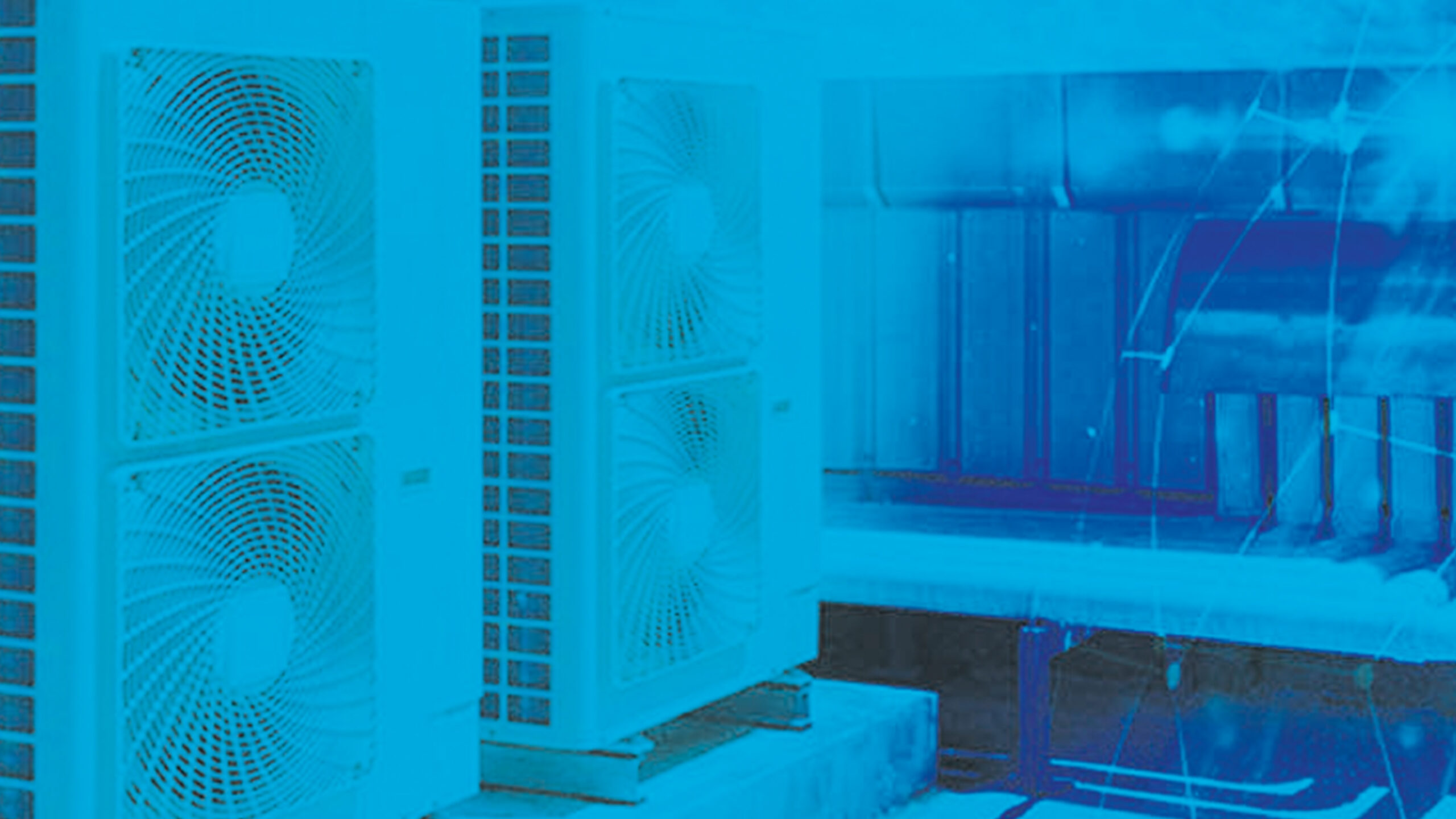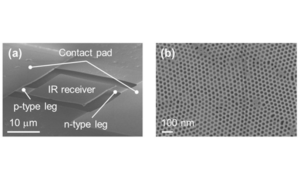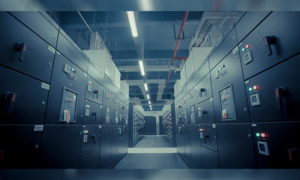Industry’s leading IAQ experts discussed integration of technologies and equipment to cater increasing demand for IAQ.
IAQ refers to the air quality within buildings and structures, especially as it relates to the health and comfort of building occupants. Understanding and controlling indoors pollutants can reduce the risk of indoor health concerns.
Perspective towards IAQ post pandemic
COVID-19 is still not entirely understood by everybody, and it has not been released at laboratories for further testing as we are yet to control or contain the spread of such viruses. As a company, we generally take samples of virus with a similar capacity and analyse whether we can eliminate or reduce the containment by passing them through filters, or by inducing negative ions which can deactivate their impacts. It is like a hierarchical level of advertisement where we have tested it with another virus which is smaller or deadlier than Coronavirus, and since it’s effective on that virus, it will be effective on COVID-19 also.
Promoting investments in IAQ
According to, Gaurav Vasudev, Managing Director, GAPS Engineering, IAQ is a vital aspect of lead safe and healthy life. We tend to ignore of life unless we feel the urge to consider it. The same thought process goes for the IAQ. People won’t think about it until they experience them drawbacks of breathing a contaminated and infected air. We won’t consider the imperatives of improving your IAQ until we realise that we are actually consuming. Talking about promoters for clean air and IAQ, I would say; if I build my own house for my consumption, I would install the best systems for optimum use. Whereas, if my premises will be occupied on a lease agreement, then I won’t really consider investing on those particular beliefs because that has to be defined by those who will be occupying the premises. Because the definition and detonation has to be calculated with the number of occupants and the kind of occupancy, and the filters and technology in both cases will differ. These conversations don’t really take place in the market, as a result, we are forced to breathe what is available to us but we have never been taught about the air quality we are breathing.
We have always been talking about the internal temperatures we need, what is current indoor environment, but we never talk about the amount of CO2 we breathe every single day. Nobody is concerned about the increasing PVCs level. But looking at the present scenario, people will soon start discussing it and understand that the investments we do will have a a surplus ROI in the near future. And that will be the day when people won’t think before investing, but they and will think about the ROI. The moment you show ROI, the product is sellable. We must realise that nothing else can define the ROI on your lungs and heart. The more you invest for a clean environment, the more you live. Educating people with these vital and critical factors of IAQ is need of the hour.
Udhayan Banerjee, Head – Operations, Clairco, agrees to what Gaurav said about educating people about IAQ can only get a heads up to improve IAQ. But we can’t relate wellness with ROI. We need to make them understand that air quality is as important as the water we consume. When we compare water and air quality, we can actually give them clarity on the basic concept. Although, we have witnessed some positive changes in air quality in the recent years, and the quality has improved a lot. And with passing time, we hope that people will understand the imperativeness because till now, no one have thought of investing in air or paying for clean air.
When we started our company promotions, it was difficult for us to convince people to invest in clean air, because traditionally air has been free, so, many brows were raised when they realised that they have to invest to breathe clean air. Then the whole conversation goes into about wellness. Like our panelists said, the results have to be aligned with the calculated ROI as makes it easy for the IAQ providers to explain the concept in a better way.
According to Vaibhav Pitale, Managing Director – India & South West Asia, Belimo, “Awareness and education has a key role to play here. For instance, if this discussion successfully reaches out to 400 people, they will take the opportunity to educate more people about it. That also can be awareness and education. We consume 12,000 liters of water every year, and 90 percent of our day is being spent indoors. As a collective group, we may not pay for air, but we talk about individuals and peer to peer we don’t mind shedding additional cost.”
We must strive to change this thought process of people, and we cannot achieve the objective of IAQ until we change the partial mindset of the consumers. It’s us who must take initiatives; the industry is already taking steps and facilitating necessary leads to ensure the end deliverables. Today, sustainability is the primary need of the society, and I think we should be focusing more, this is today one of the most important areas that we all need to focus especially we come from this area of our expertise, right. And this is where all the global organisation will collectively focus in order to have a sustainable future for every one of us.
According to Dipu Manuel, Product Global Head, VRF Living Environment Division, Mitsubishi Electric, in India, we usually talk about the largest, the biggest, but we never talk about the best; whether it’s in terms of efficiency or wellness. Nobody really consider the reason and the facts behind the long lives of our previous generations. We are in fact more concerned towards the finance liability they owned. The reason behind giving this example is, we must look on the brighter side, and look for efficient and result-oriented facts that can set the best and safe examples for our future generation. So, this kind of conceptual change is what we need.
HVAC sector evolving with IAQ filtration technologies
“We come with active and passive filtrations for recirculated air where we try to trap the particles of both – specific sized organisms and for micro-organisms ”, says Dipu. It can be creating negative ions, which will try to terminate the micro-organisms when they come in direct contact with them. So, for the HVAC system the filters are predefined as long as the air is circulated through the system. We can make attempts to clean up the air but when the environment is generated and circulated within the vicinity till it reaches the HVAC system, it will impact the building occupant’s health.
In such cases, what we can do is, manage the airflow in such a way that it limits itself to a particular place once it comes in contact a person, and goes back to the system. I think this can help us contain any kind of viruses or from spread of any infection.
Mitsubishi, through variousu filtration processes have been implementing filters and technologies to try and catch the small size particles and even maybe possibly to the wide sizes of the viruses into the filteration where they gradually die. Also, coating these filters with chemicals can deactivate and kill certain kind of micro-organisms. Also, it can be done by using an active way of inducing negative ions into the air which attempts to diffuse the impacts as and when they come in contact with viruses. So, there is a static way and an active way to control the infections. But all this is under an assumption that the air will pass through all these filters.
Need of government’s impetus towards IAQ
Vaibhav says “I think if the world adapts these sustainable global goals in a right way, improving air quality will just be a matter of time. Looking at the present pandemic scenario, I think the focus towards IAQ will further intensify. Nobody ever imagined to fall under the grip of a pandemic scare that will shatter the global lives. We were still able to manage the results by creating awareness through digitalisation, so yes people are aware of the impacts. Government policies will further define the ordeal to ensure that the regulations are being respected and followed.
Adding to the discussion, Gaurav says, people have a very casual attitude towards everything, and the general mindset is – “why should we care about something that we can’t see”, and PM 2.5 or PM10 is thinner than our hair and hence it’s almost invisible. It’s just the commercial factor, which It’s only the commercial thing which is driving the PM 2.5 it is not actually that people are worried about PM 2.5. Nobody is worried about how it has been generated. They must realise and start taking necessary actions to control rising pollution and air quality concerns.
Closing Note
“Out of the various evolutions, it’s the a particulate matter which is neither measured easily nor measured easily. And the newer filters have created a detailed and eye-catching display of air between the air inlet and outlet. This display has been helping in improving the air quality to a great extent and this has been driving our sales. We don’t just reduce the particulate dust particles in the air but also the other pollutant matter from the air”, says Dipu.
When we talk about education and awareness, I think over a period of time, a learning curve will be effective and people will realise that PM2.5 is not the only pollutant. That’s when they will start going for other filters and lead a healthy life. People have already started to consider air quality as a critical concern and have started applying necessary filters to their systems. I think they would soon move towards having a proper air filtration system to control the air they breathe. I think, the air filtration market will gain traction in future, but presently, we are just taking baby steps.
Udhayan also is on the same page. He also feels that we are rightly moving forward. With the present circumstances, atleast people are going for quality filters and purifiers. Now that air is being considered a serious concern consumer will start investing in it.
Quotes –
We have witnessed some positive changes in the IAQ in the recent years, and the quality has improved a lot.
Udhayan Banerjee, Head-Operations, Clairco (Clean Air Company)
—————–
We usually talk about the largest, the biggest, but we never talk about the best, whether it’s in terms of efficiency or wellness.
Dipu Manuel, Poduct Head, Mitsubishi Electric in India
—————–
We won’t consider the imperatives of improving your IAQ until we realise that we are actually consuming.
Gaurav Vasudev, Manging Director, GAPS Engineering & Consultancy
—————–
As a collective group we may not pay for air, but we talk about individuals and peer to peer we don’t mind shedding additional cost.
Vaibhav Pitale, Manging Director, Belimo
Cookie Consent
We use cookies to personalize your experience. By continuing to visit this website you agree to our Terms & Conditions, Privacy Policy and Cookie Policy.















